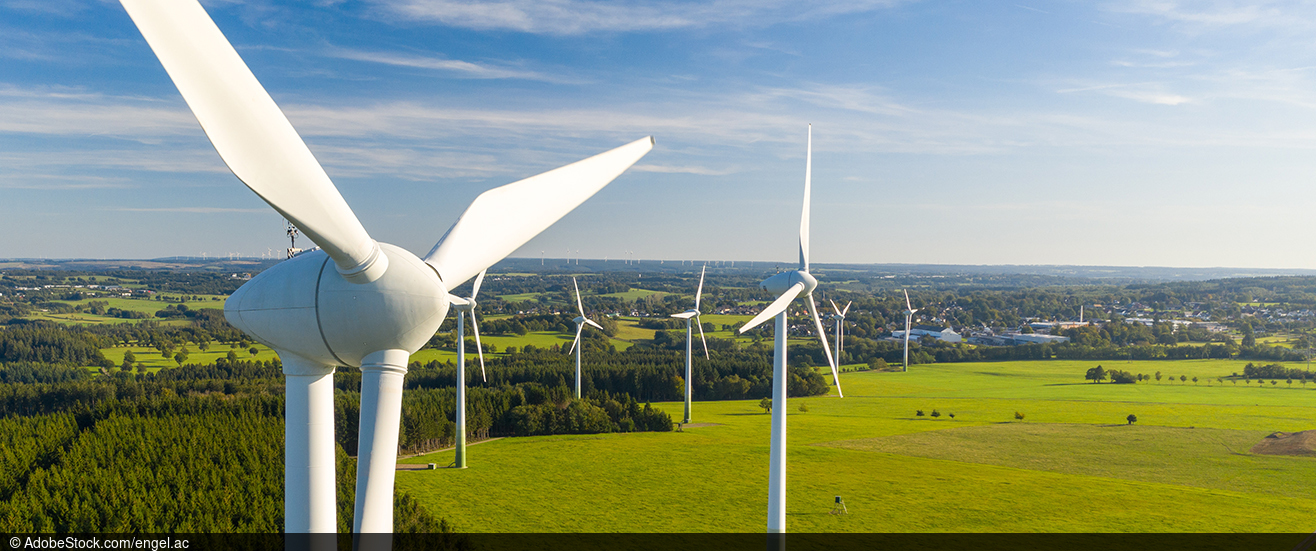The Interplay of Emissions Trading and the Electricity Levy
ResearchWhat is the impact of using the revenues from emissions trading to replace part of the electricity levy employed to support renewable energies in contrast with distributing them to consumers as a lump sum? A recent ZEW study provides important evidence in this regard.
To combat climate change, the European Union has set certain targets. These targets aim to reduce emissions of carbon dioxide (CO2) and other greenhouse gases across the EU and increase the use of renewable energy.
CO2 emissions, especially in energy-intensive industries, are controlled through EU-wide emissions trading. A large proportion of CO2 certificates are auctioned. The EU requires that at least half of the revenue from these auctions are used for climate and energy policy purposes, for example to promote renewable energies.
While most EU Member States impose an electricity levy (tax on electricity consumption by private and industrial consumers) to finance the promotion of renewable energies, some countries, such as Poland and Finland, dedicate part of their national budget directly to these energies.
A recent study by ZEW Mannheim analyses the impact of using the carbon auction revenues to promote renewable energies in these two cases. If an EU Member State uses the carbon revenues to reduce the electricity levy, the economy benefits more than if these revenues are passed on to households as a lump sum.
The authors of the study explain this by the fact that the auction revenues not only reduce the electricity levy, but also the economic distortions associated with it. According to the ZEW analysis, the effects on the individual economic sectors are the result of three different effects: the lower electricity levy initially leads to higher income for private and industrial electricity consumers, as they have to pay less for the same electricity consumption. This will stimulate their demand for electricity and subsequently increase the carbon price, which in turn will affect the economic situation of the sectors covered by emissions trading. The higher demand for electricity and the lower electricity price are associated with an increase in overall economic activity.
These interactions between carbon revenue recycling and renewable energy support should be taken into account by policymakers. For EU Member States that finance the promotion of renewable energies directly from the general state budget, the recycling option has no impact on the overall economy. If, on the other hand, EU Member States use an electricity levy to promote renewable energies, the entire economy benefits from the fact that the auction revenues replace this levy.
